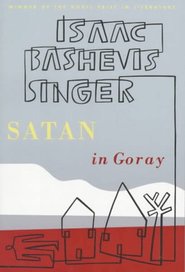
“We were like a woman who sits in labour and suffers mighty pangs,” she wrote in her seventh-century memoir, describing the great anticipation of Jews around the world: their breathless, anxious waiting to usher-in the Messianic Era.
It was, after all, on the brink of arrival. This is what Shabtai Zvi--a powerful charismatic figure who circulated about the Ottoman Empire--had promised the people. And they believed him.
In those days leading up to the miraculous dawn of the new era, the Jews described whatever travails they may have had as “hevlei mashiach.” This term is used by the Biblical prophet Isaiah to describe the searing pains that would come just before the Messiah’s arrival. The metaphor is a powerful one. Labor pains, no matter how severe, are all worthwhile once the child enters the world.
But in this case, the anticipated arrival never came. In Gluckel’s words, “Thy beloved people Israel sat in labour; but there came forth naught but wind… our, hope was sure [but] we were left, in the end, abandoned.”
In describing just how powerful that hope was, Gluckel writes about the real pragmatic actions some took in preparation for the new era. “Many sold their houses and lands and all their possessions,” she writes, “for any day they hoped to be redeemed.” And don’t write this off as just rumor or hearsay, Gluckel tells us, “My good father-in-law left his home in Hameln, abandoned his house and lands and all his goodly furniture, and moved…for the old man expected to sail any moment from Hamburg to the Holy Land.”
I am struck by this passage each time I read it. I know that much of the Jewish world became swept up in Shabtai Zvi’s promises and his message of hope. Even so, how could people have believed so strongly that they chose to give up all their worldly possessions, and abandon any sort of financial security they may have had? I’ve often wondered how – or why – Shabtai Zvi’s message was so successful. How did it spread so far across the Jewish world, and why did Jews find his message compelling and believable, regardless of where they lived (from Istanbul and Izmir, to the Holy Land, to Amsterdam and Germany)?
Gershom Scholem provides the most erudite answers to these questions in his book Sabbatai Sevi (1976). Isaac Bashevis Singer, likewise, manages to answer these questions in his fictional novel Satan in Goray. Unlike Scholem, whose historical eye is broad and far-reaching, IB Singer casts a close, tight gaze on Goray, a small town in Poland.
The novel is dark and disturbing. Particularly difficult to read is the life-story of his protagonist Rechele, who was born in the midst of the Chmelnicki pogroms, who lost her mother at a very young age, and who was raised by a deranged old woman who physically abused the child and emotionally tortured her with tales of ghosts and demons.
Despite the horrific tale, I am drawn to the book because it explains – in an immediate, personal way – how the people of Goray came to believe that Messiah was on its way. And how this belief came to connect this small and out-of-the-way town, into the larger phenomena that swept across the Jewish world.
Before the age of social-media, rumors of events far away worked their way in through charismatic figures who lived much nearer to home. They crept in closer and closer through increasingly tighter circles. First wanderers brought rumors of far-away Shabtai Zvi. Then a “Legete from Yemen” arrived and drew people close to him with wonders. He was ultimately is expelled, but not much later Itche Mates arrived from the big city of Lublin. Though he stirred up the town, he also proved unable to work the people into a frenzy of full anticipation. Finally, it is Gedaliya, a ritual slaughterer from Zamosc – the next town over - who sways the people through his bizarre behaviors, his promises, and perverted injunctions.
His success is so broad because it comes on the heels of all those who preceded him. Not only the messianic pretenders who had appeared in recent years, but the long line of those who preceded him historically (Eldad the Danite, David Reubeini, and Yemen’s messianic figures made famous through the writings of Maimonides). So too, Gedaliya rises to success because he draws on familiar messianic symbols and themes prevalent in the Bible and rabbinic texts. Finally, he uses the powerful vocabulary of words and actions present in Lurianic Kabbalah.
In Goray, the time is right. People are looking for a salve to ease their suffering in the wake of the horrific Chmelnicki pogroms. IB Singer aptly describes the confluence of so many varied factors that came together to stir awake the full and complete belief that the messiah was really here, knocking on the door.
Of course it never does come. And Satan in Goray peters out without a real ending. But it leaves the reader with a sense of how charisma functions, and of how powerful and dangerous it can be.
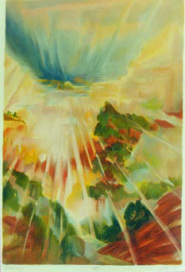
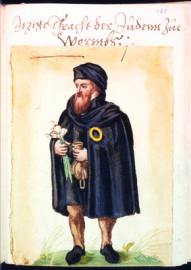
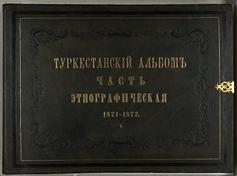
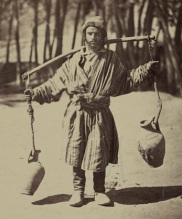
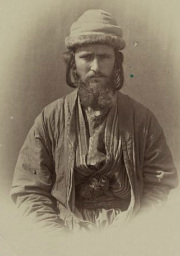
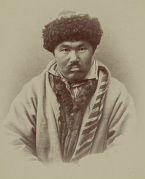
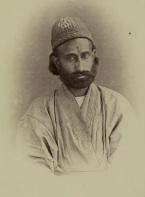
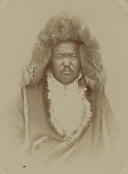
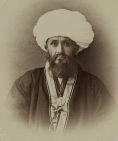
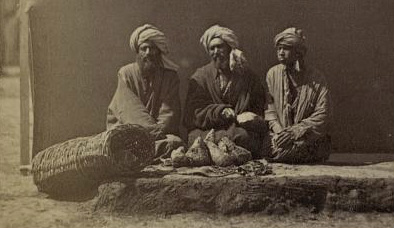
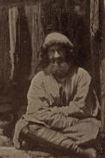
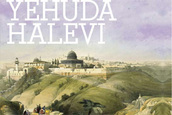
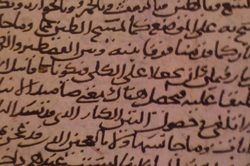
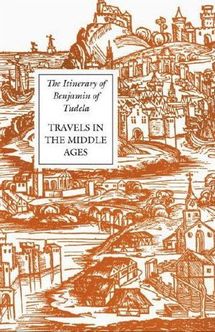
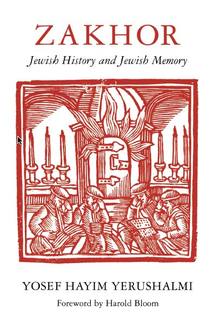

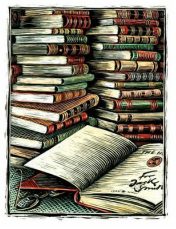
 RSS Feed
RSS Feed
